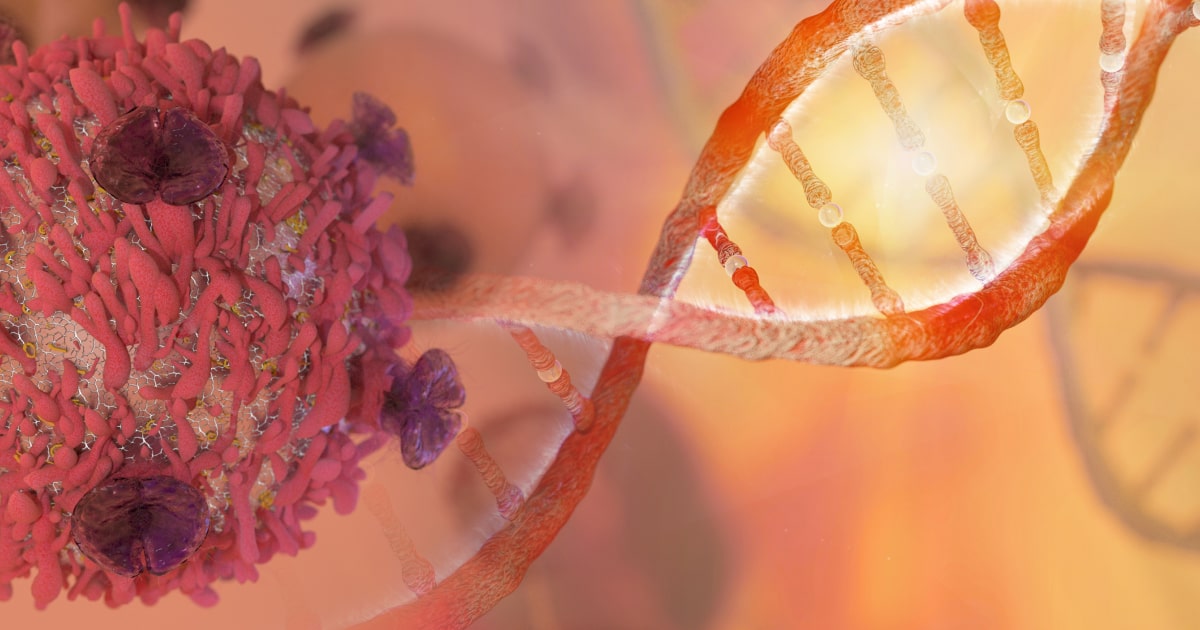
Expert Reviewed By: Dr. Brandon Colby MD
Distal lower limb muscle weakness is a condition that affects the functioning of the muscles in the lower extremities, resulting in difficulty walking, running, and performing daily activities. This article will explore the various aspects of understanding, diagnosing, and using genetic testing for distal lower limb muscle weakness, drawing from multiple research sources and case studies.
Understanding Distal Lower Limb Muscle Weakness
Distal lower limb muscle weakness can occur due to various factors, such as muscle imbalance, nerve damage, or inflammation. It is essential to understand the underlying cause of the muscle weakness to determine the most appropriate treatment and management approach. The following case studies and research articles provide valuable insights into the different aspects of distal lower limb muscle weakness:
- A 65-Year-Old Man with Asymmetrical Leg Weakness and Foot Tingling
- Sporadic inclusion body myositis: clinical, pathological, and genetic analysis of eight Polish patients
- Teaching NeuroImages: Hypertrophic polyneuropathy
- Effect of lower limb proximal to distal muscle imbalance correction on functional pes planus deformity in young adults
Diagnosing Distal Lower Limb Muscle Weakness
Diagnosing distal lower limb muscle weakness requires a thorough evaluation of the patient's medical history, physical examination, and various diagnostic tests. These tests may include imaging studies (such as X-rays or MRI), electromyography (EMG), nerve conduction studies, and muscle biopsy. The diagnostic process aims to identify the underlying cause of the muscle weakness and rule out other potential causes.
Genetic Testing and Distal Lower Limb Muscle Weakness
Genetic testing can be a valuable tool in diagnosing distal lower limb muscle weakness, especially when the cause is suspected to be hereditary or related to a specific genetic mutation. Genetic testing can help identify the specific gene or genes responsible for the muscle weakness, providing valuable information for both the patient and their healthcare provider.
Benefits of Genetic Testing for Distal Lower Limb Muscle Weakness
There are several benefits to using genetic testing in the diagnosis and management of distal lower limb muscle weakness, including:
- Accurate diagnosis: Genetic testing can help pinpoint the exact cause of the muscle weakness, leading to a more accurate diagnosis and more targeted treatment options.
- Early intervention: Identifying the genetic cause of muscle weakness can allow for earlier intervention and treatment, potentially slowing the progression of the condition and improving the patient's quality of life.
- Family planning: Genetic testing can provide valuable information for individuals and families who may be at risk for passing on the genetic mutation responsible for distal lower limb muscle weakness to their children.
- Research opportunities: Understanding the genetic causes of distal lower limb muscle weakness can help advance research and contribute to the development of new treatments and therapies for the condition.
Conclusion
Distal lower limb muscle weakness is a complex condition that can significantly impact an individual's quality of life. Understanding the underlying cause of the muscle weakness is crucial for determining the most appropriate treatment and management approach. Genetic testing can play a valuable role in diagnosing distal lower limb muscle weakness and providing essential information for patients, families, and healthcare providers. As research continues to advance, genetic testing may become an increasingly important tool in the diagnosis and treatment of this challenging condition.
About The Expert Reviewer
Dr. Brandon Colby MD is a US physician specializing in the personalized prevention of disease through the use of genomic technologies. He’s an expert in genetic testing, genetic analysis, and precision medicine. Dr. Colby is also the Founder of and the author of Outsmart Your Genes.
Dr. Colby holds an MD from the Mount Sinai School of Medicine, an MBA from Stanford University’s Graduate School of Business, and a degree in Genetics with Honors from the University of Michigan. He is an Affiliate Specialist of the American College of Medical Genetics and Genomics (ACMG), an Associate of the American College of Preventive Medicine (ACPM), and a member of the National Society of Genetic Counselors (NSGC)